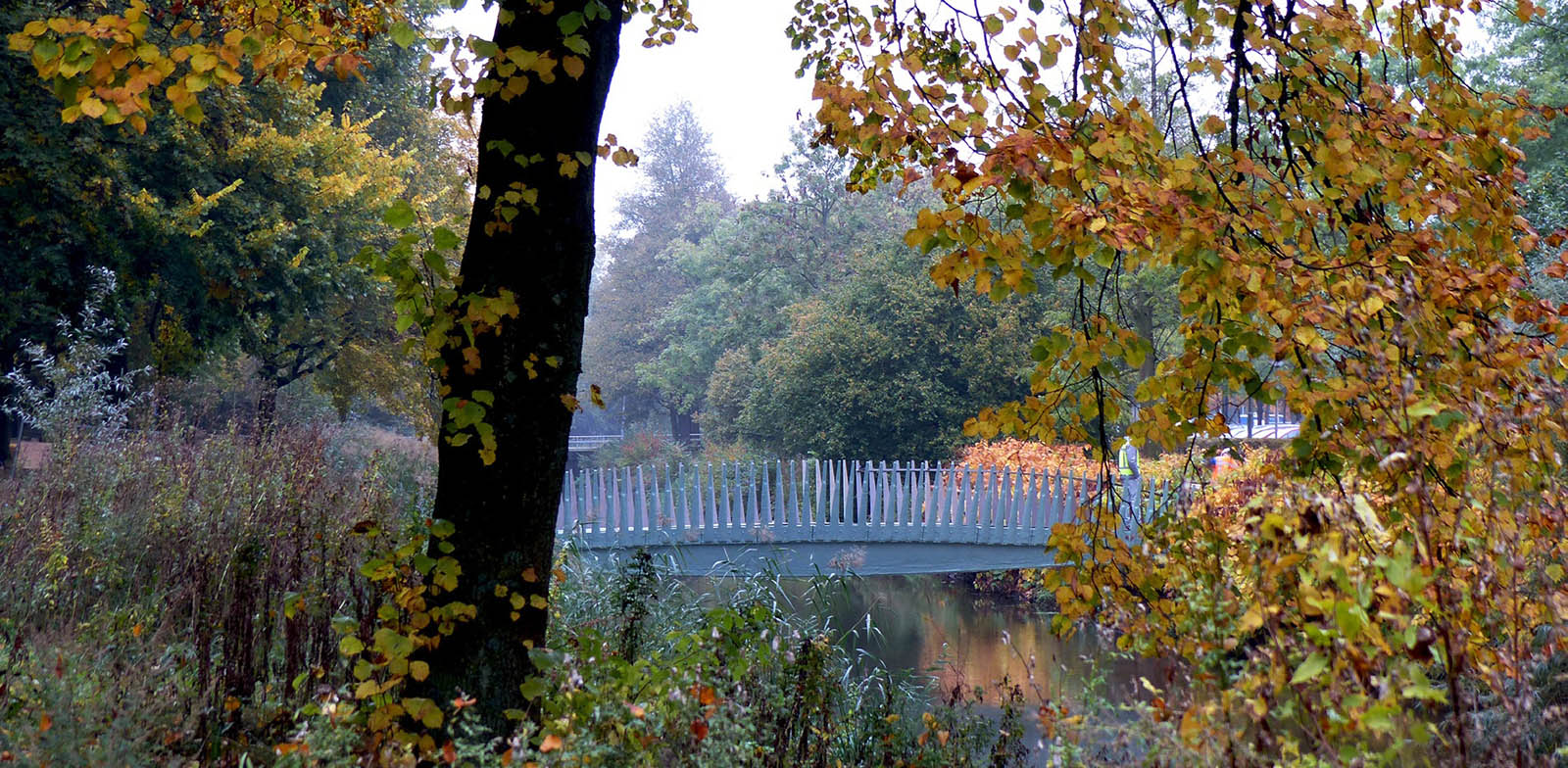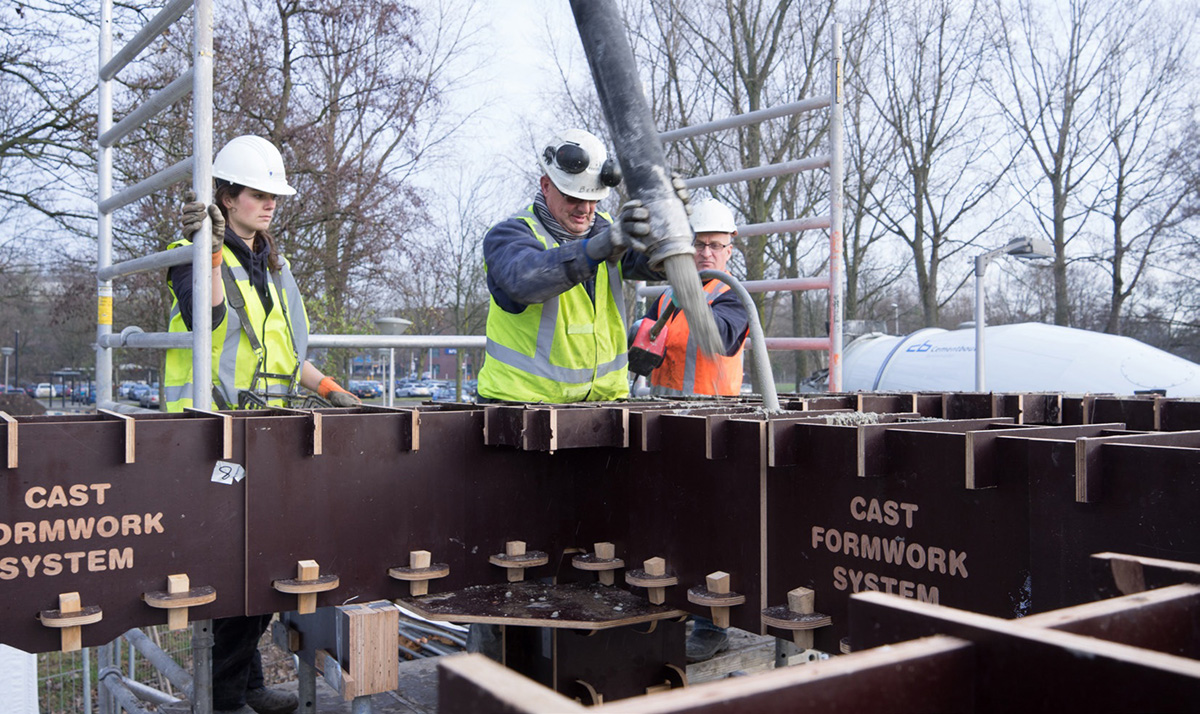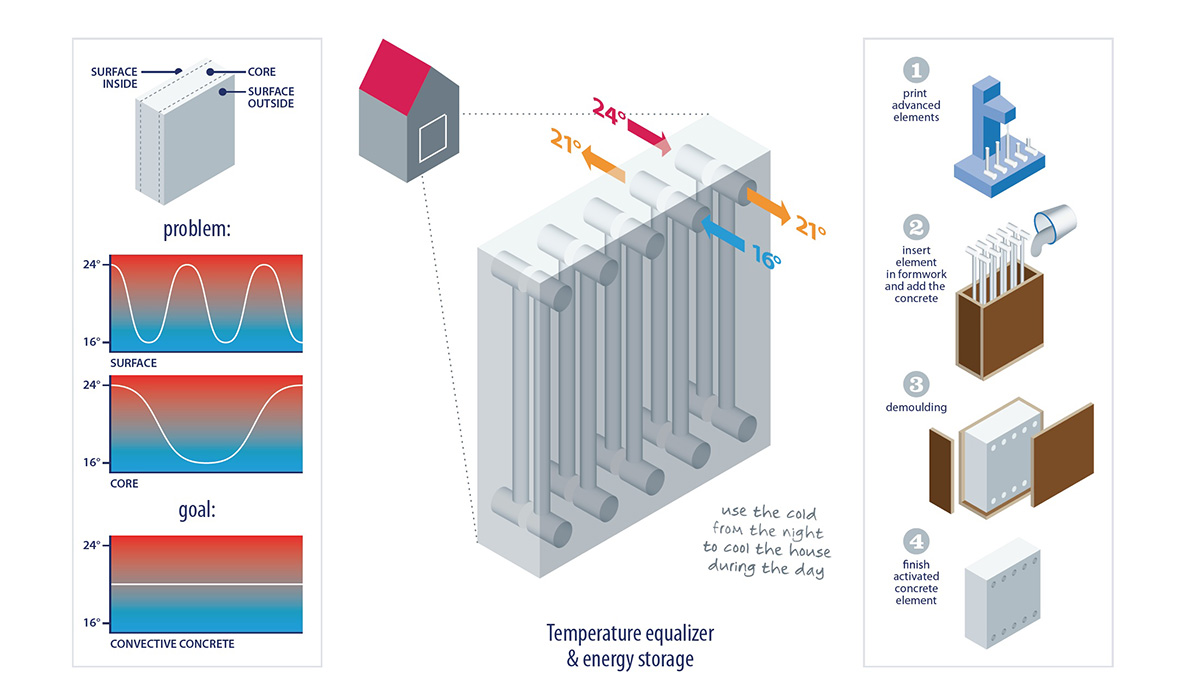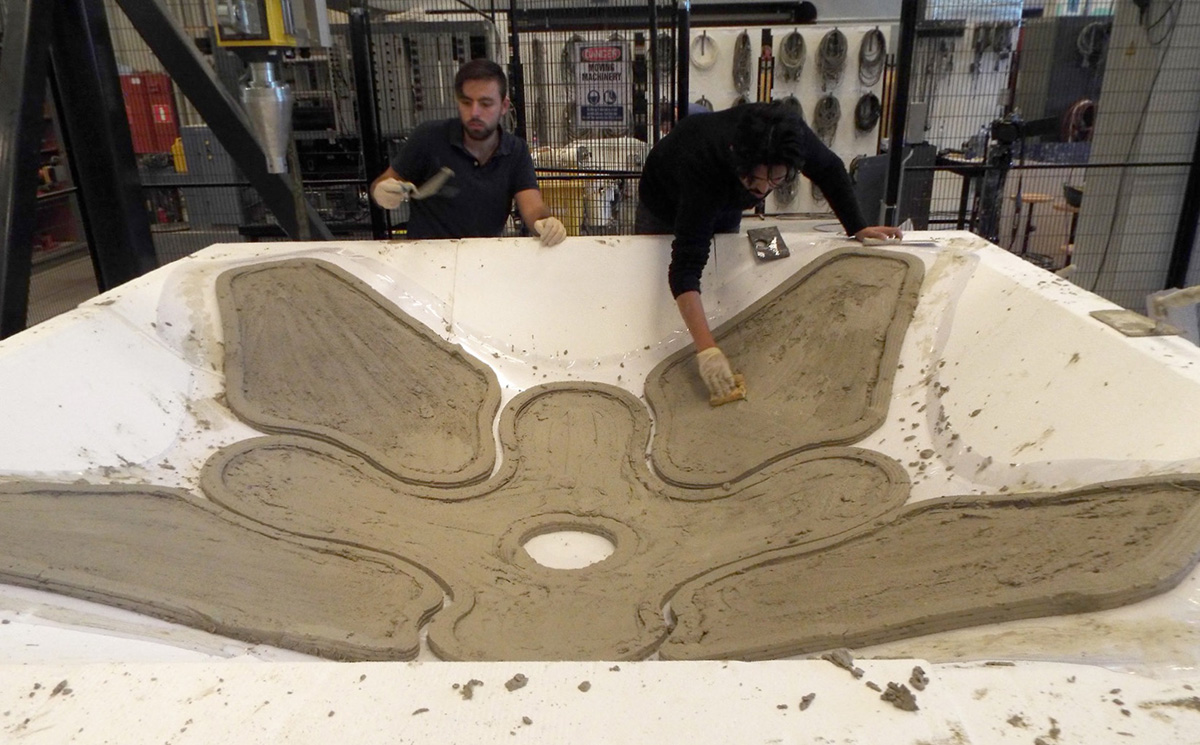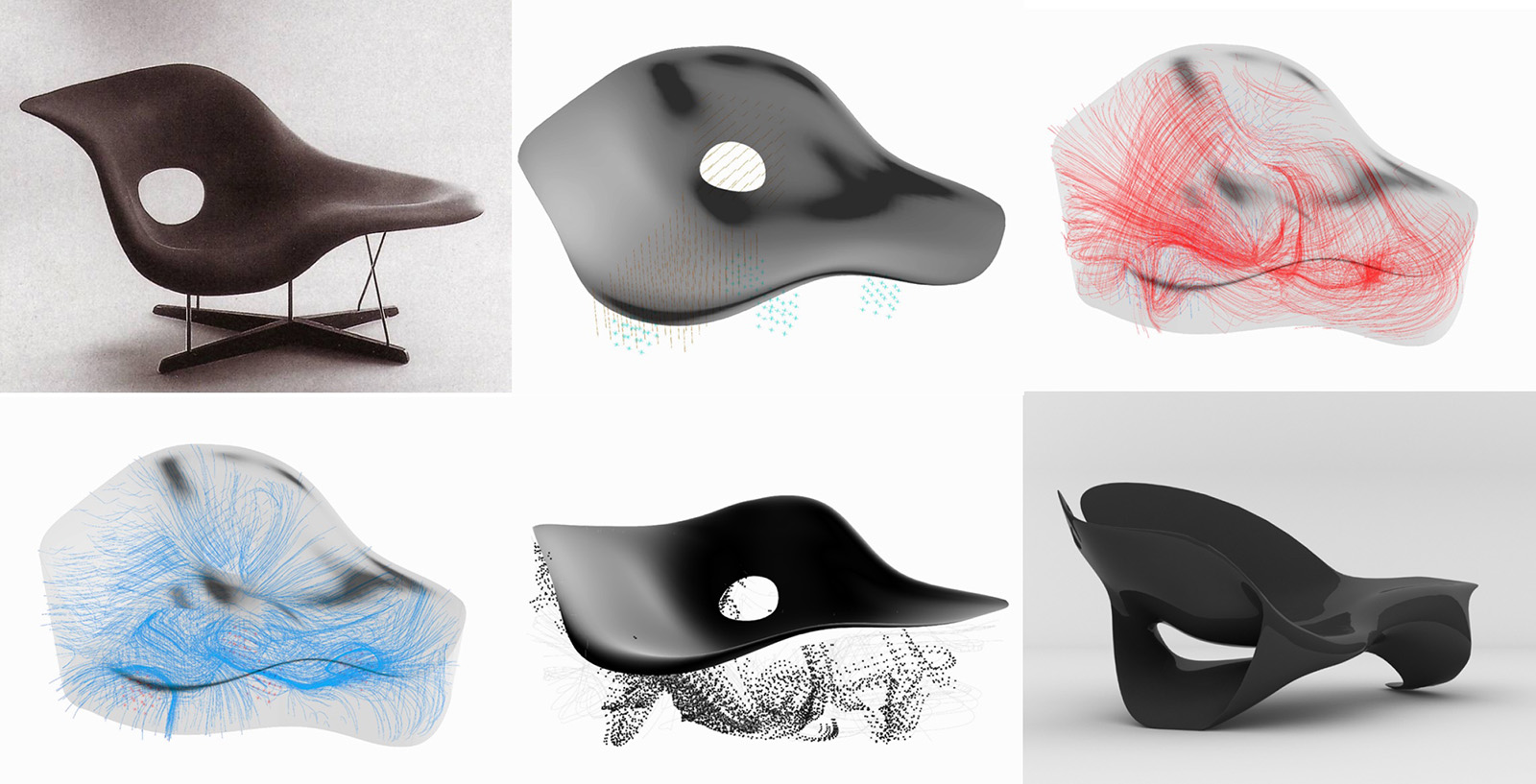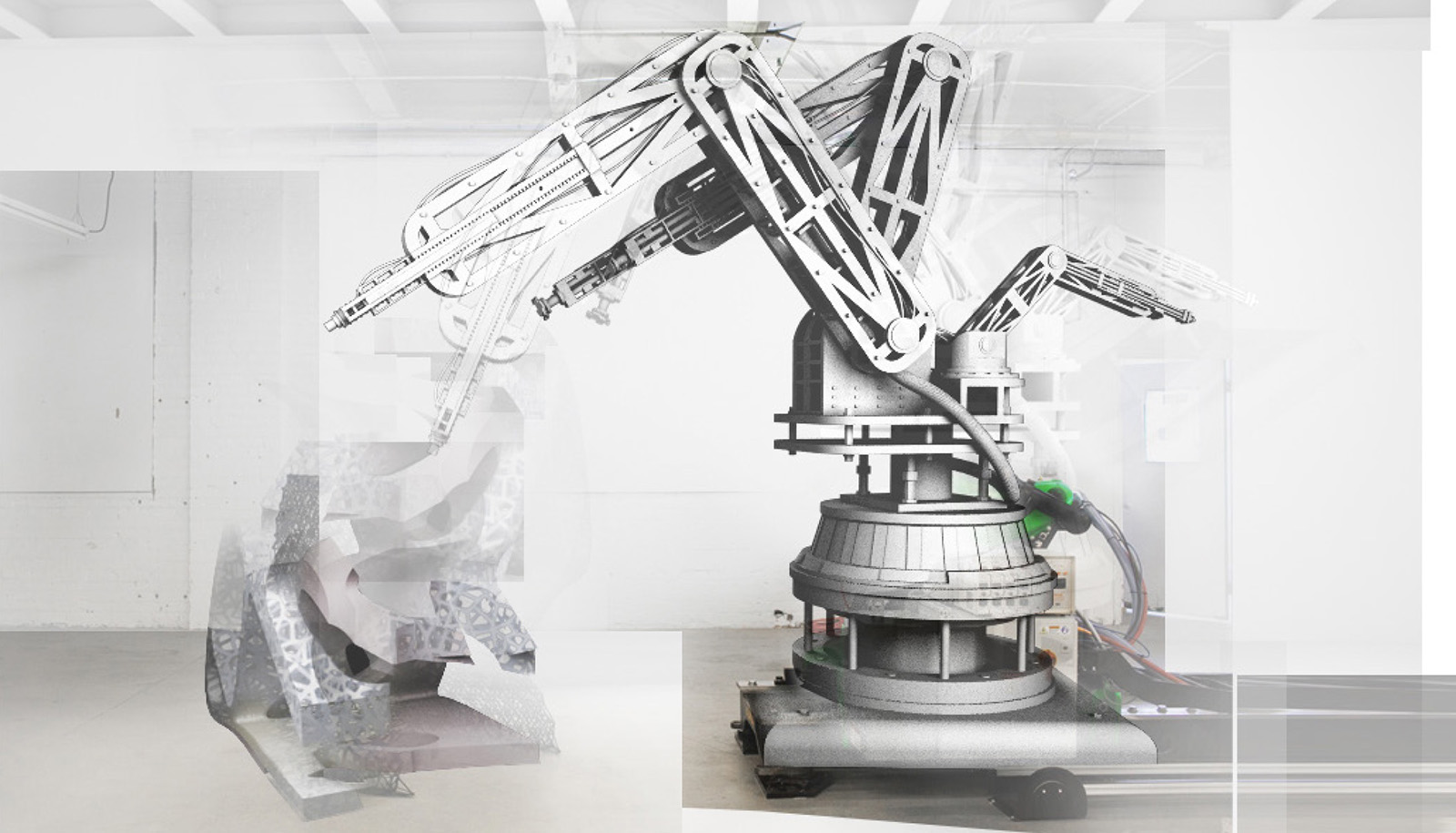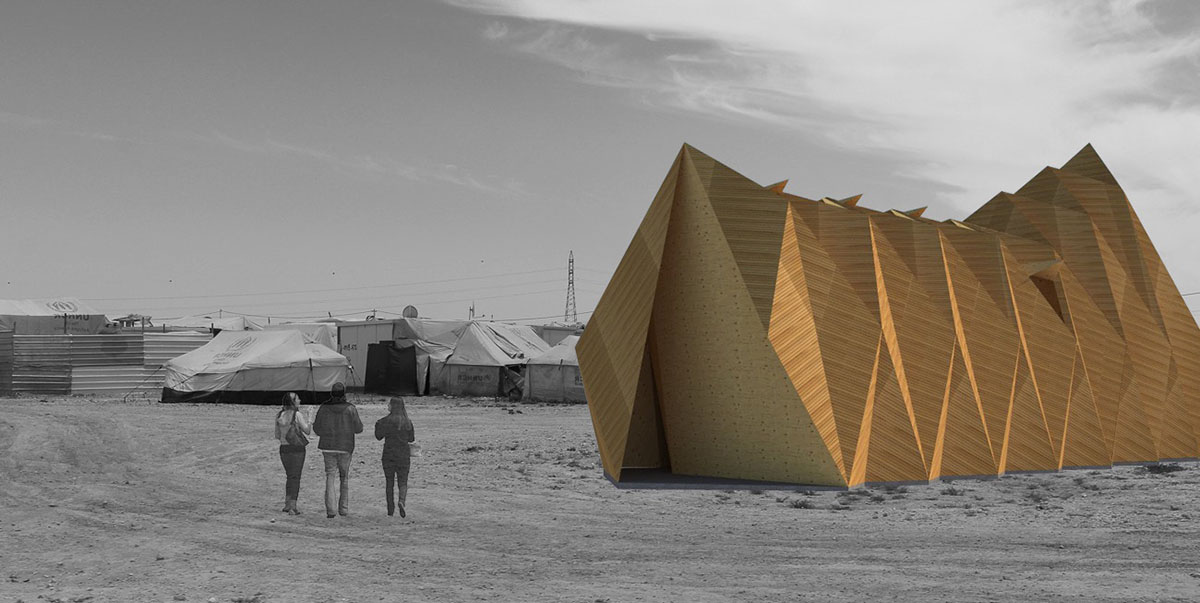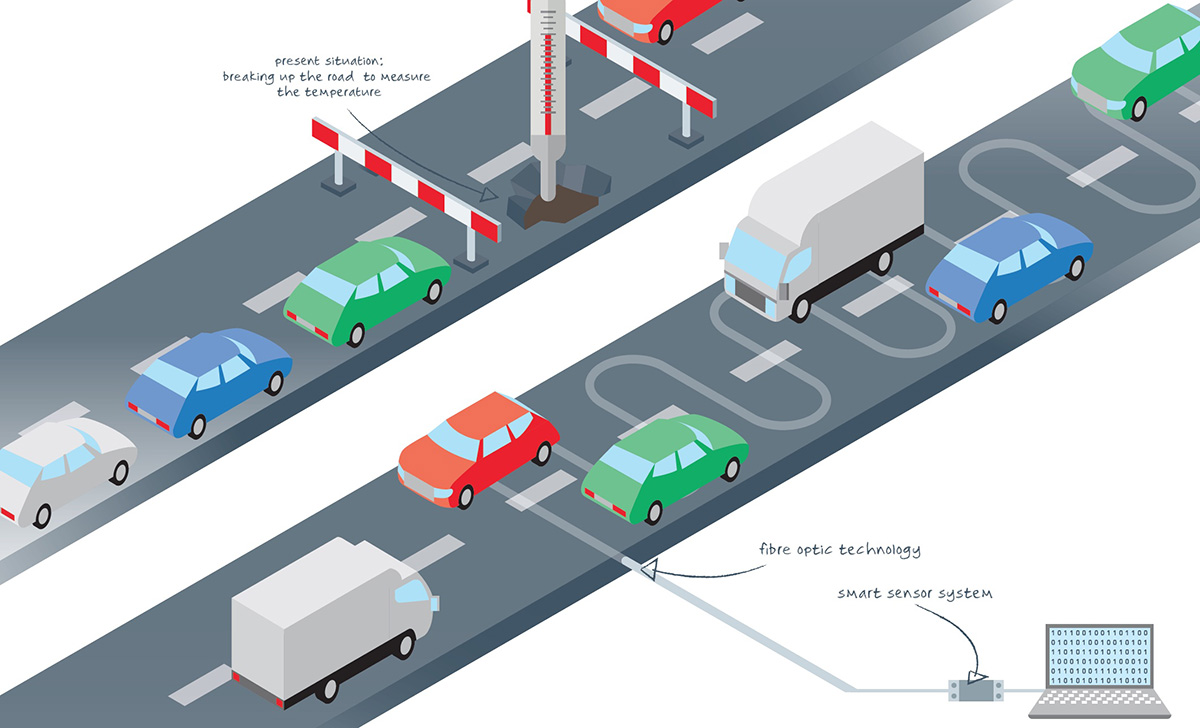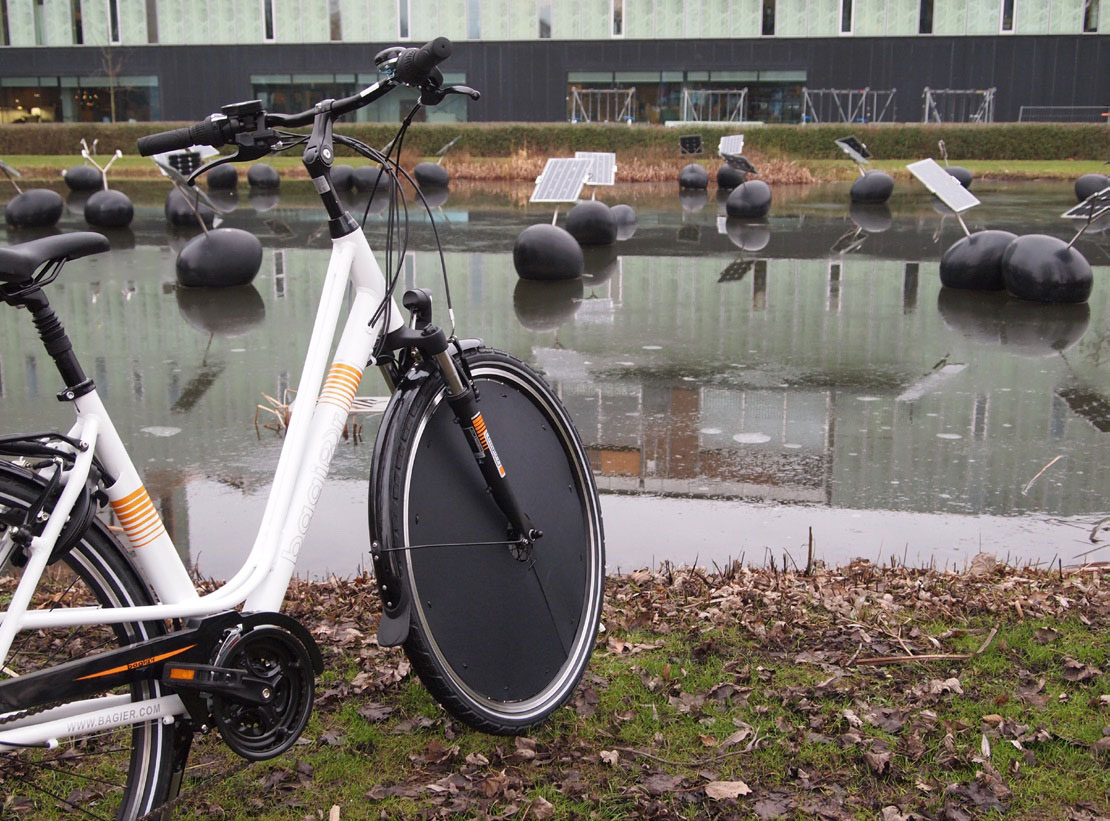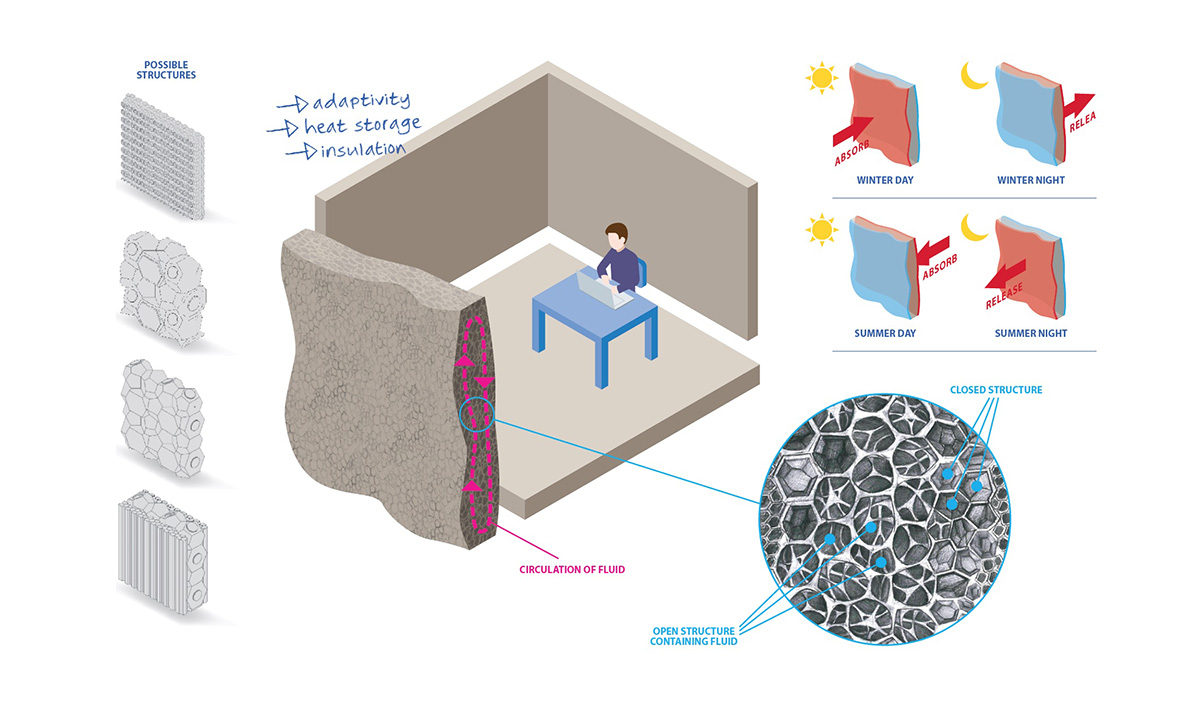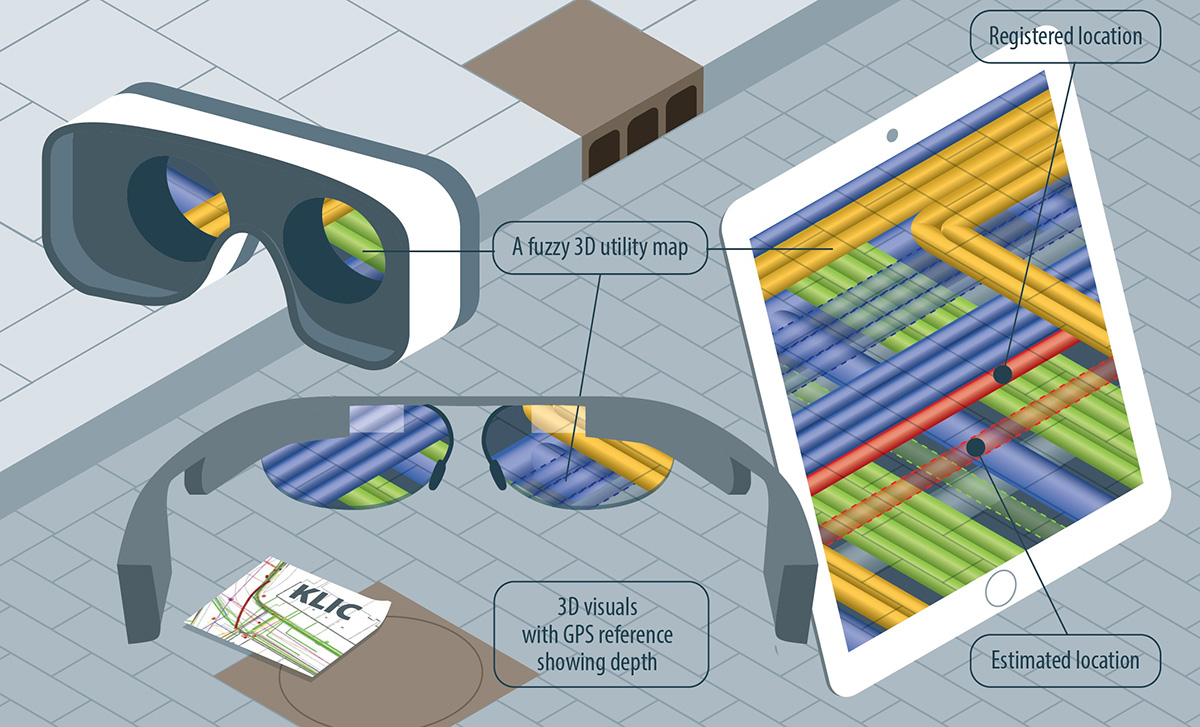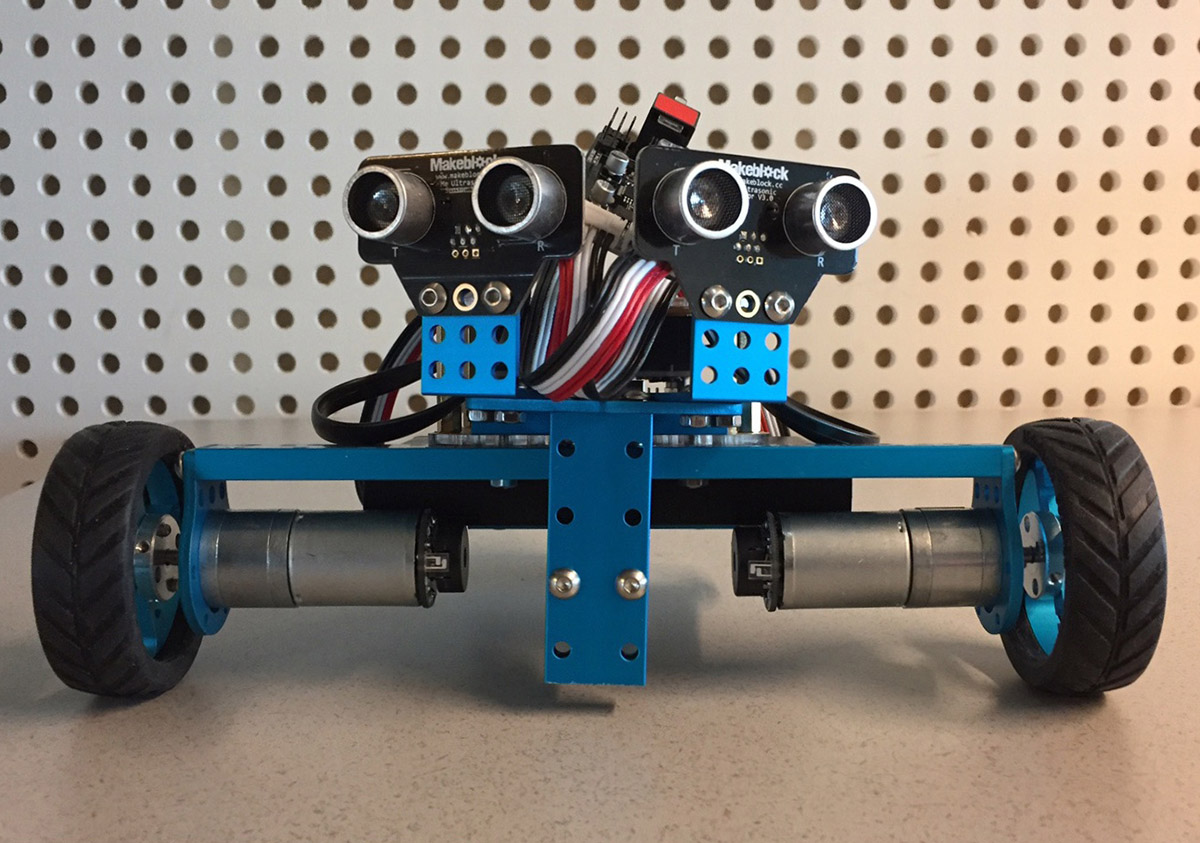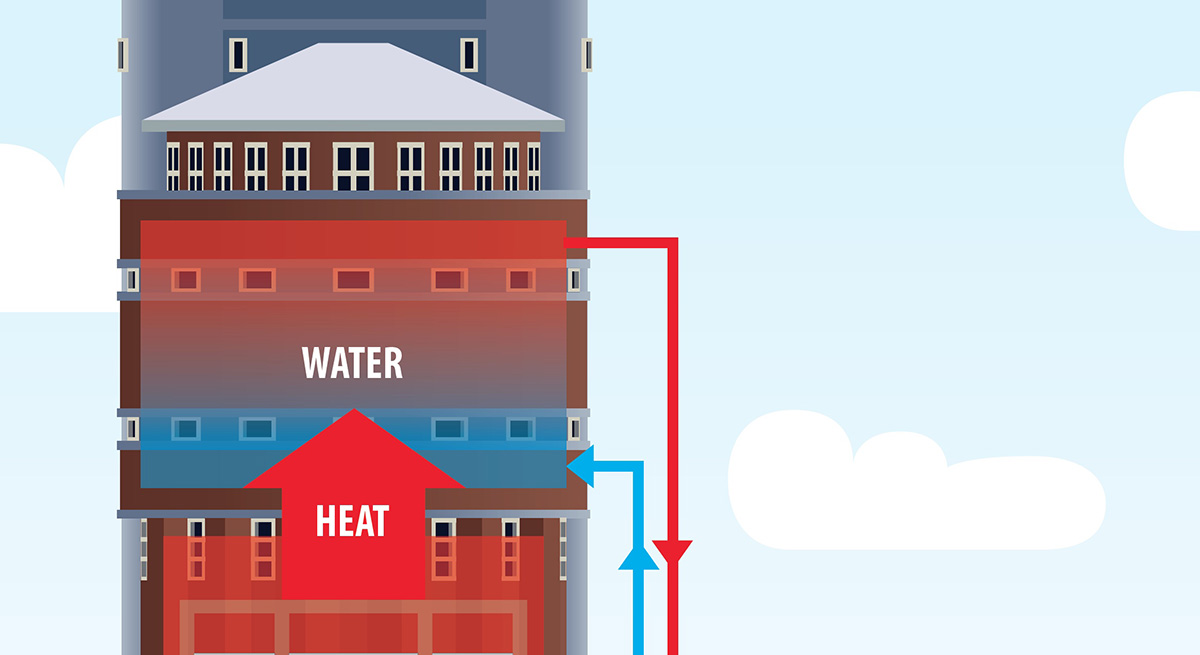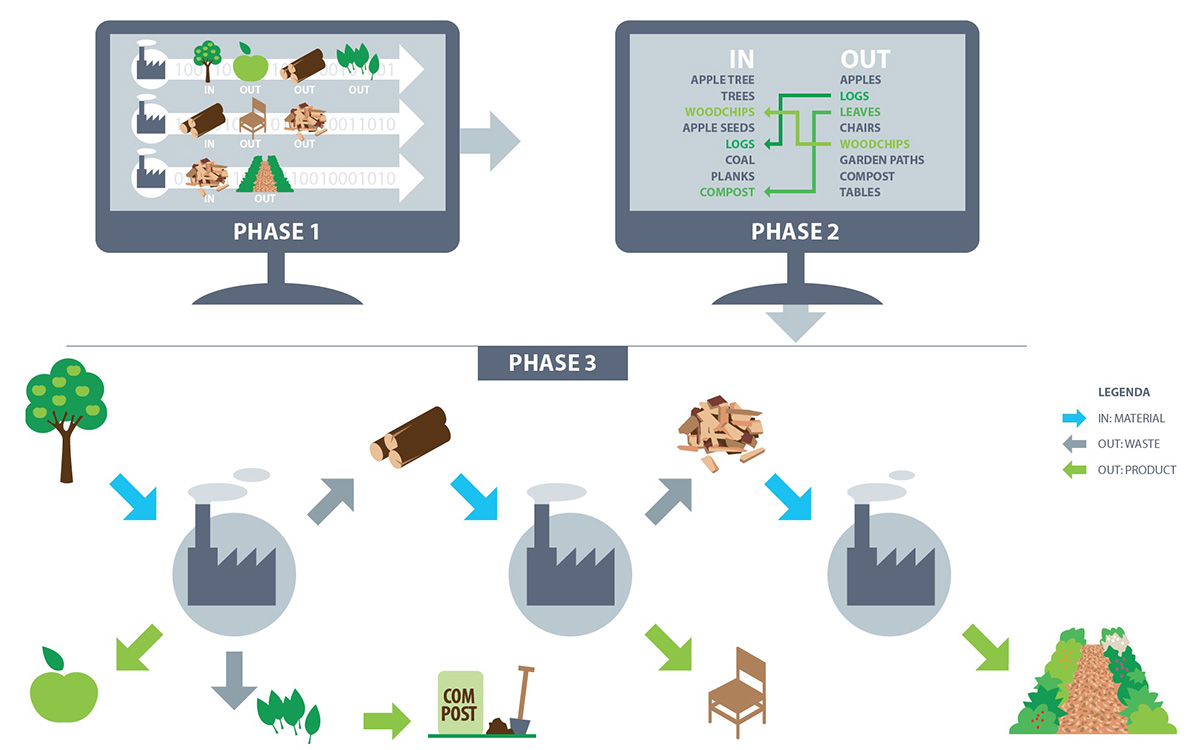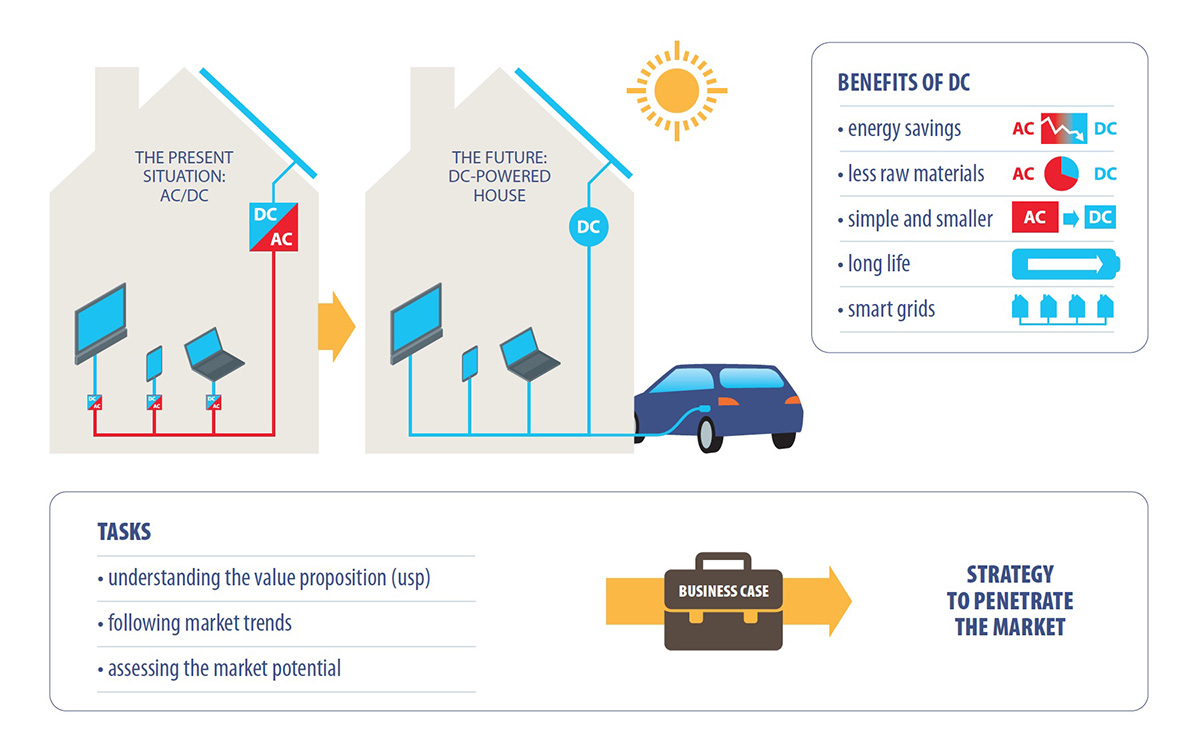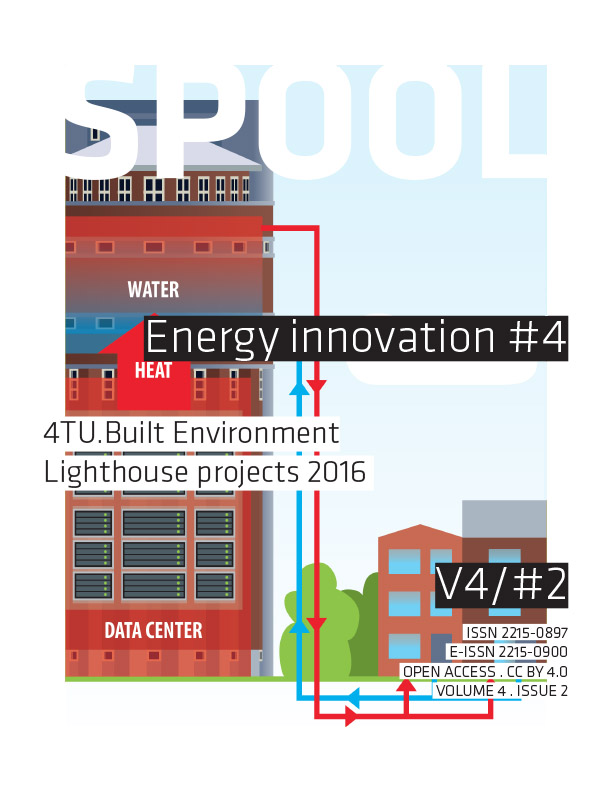
Thematic issue:
4TU.BOUW Lighthouse projects 2016
Four Dutch Universities of Technology decided to collaborate as 4TU.Bouw Center of Excellence for the Built Environment. This issue of SPOOL is dedicated to the so-called lighthouse projects that were selected based on the 4TU.BOUW Lighthouse call 2016.
‘Lighthouse projects’ aim at promoting and starting up imaginative research projects that are related to the theme ‘Energy and the Built Environment’, delivering tangible results like demo's, mock-ups, prototypes, test runs, lab environments and so on.
17 projects / 88 pages
E-ISSN 2215-0900
Issue editors
Ir. Siebe Bakker, bureaubakker Delft
Dr.ir. F.D. van der Hoeven, TU Delft
Projects
-
The project aims to design, produce and realise a small, but fully bio-based composite pedestrian bridge at the campus of TU/e. So far, few bio-based building projects have been realised world-wide, but they focussed either on non-structural elements or they partially used building materials based on fossil materials.
The application of bio-based materials in the built environment is an extremely promising approach towards a more circular economy and a sustainable environment, which is one of the National Science Agenda’s themes: “Energy and raw materials: Circular economy”....
-
CAST Formwork Systems (CFS) is a concrete formwork system based on CNC milling technology. It enables self-construction in informal areas to build up safe, incremental housing up to four storeys high. Ordinary formwork systems are complex to use, often too expensive for the low- to mid-low income group and only suited to one shape of building plot. The CFS-system is not only cheaper, it can be customized to all shapes of building-plots and is both safe and easier in use.
-
Convective Concrete is about a research-driven design process of an innovative thermal mass concept. The goal is to improve building energy efficiency and comfort levels by addressing some of the shortcomings of conventional building slabs with high thermal storage capacity. Such heavyweight constructions tend to have a slow response time and do not make use of the available thermal mass effectively. Convective Concrete explores new ways of using thermal mass in buildings more intelligently. To accomplish this ondemand charging of thermal mass, a network of ducts and fans is embedded in...
-
It is no secret that there have been some great advances in the realm of concrete additive manufacturing. However, one of the major drawbacks of this fabrication technique is that the elements must be self-supporting during printing. While most other additive manufacturing materials can overcome this by using a secondary printed support structure, alternative strategies have to be developed for materials such as concrete.
This 4TU project explores the possibilities of combining concrete additive manufacturing with a temporary support surface. By printing on a free-form surface,...
-
The project is an inter-disciplinary initiative for the ‘designed engineering’ of heterogeneous fibres with variable material behaviors to create real-time responsive interior environments (furniture systems). These smart furniture systems will embody properties of real-time adaptive temperature control, real-time structural adaptability and real-time physiological support of the human body. These properties shall be fully self-regulated (devoid of external power sources) via engineering multi-layered fibre compositions, which can sense the forces exerted by the human body and...
-
The application of new Computer Aided Manufacturing (CAM), digital fabrication and additive manufacturing techniques in the construction industries is expected to bring major change to these industries. Driven by a foreseen reduction of construction time and labor cost, simplification of logistics and an increase of constructible geometrical freedom, many experiments are performed both at academia and in practice.
Beyond these economical and architectural objectives, digital fabrication in construction can be used to reduce the environmental footprint of the industry. The...
-
At this moment in history, a staggering 60 million refugees rely on international help - the highest number of displaced persons ever. A large variety of solutions have been developed that cater for primary needs. However, long-term public and community facilities have been neglected.
This project is addressing the necessity of dignifying community facilities in the context of permanent temporariness in refugee camps. Twelve plans for public buildings are developed, each with a different program. During the coming spring, certain parts of these projects will be built in scale...
-
The application of structural glass as the principal material in restoration and conservation practices is a distinguishable, yet discreet approach. The transparency of glass allows the simultaneous perception of the monument at both its original and present condition, preserving its historical and aesthetical integrity. Concurrently, the material’s unique mechanical properties enable the structural consolidation of the monument. As a proof of concept, the restoration of Lichtenberg Castle is proposed. Solid cast glass units are suggested to complete the missing parts, in respect to the...
-
The Fibre Bragg Gratings (FBG) technology based on integrated photonics, offers specific benefits including thermal mapping, damage detection, shape- and distributed sensing. This makes it useful for determining pavement behaviour during extreme weather conditions e.g. freeze-thaw cycles when harsh winter conditions could damage the asphalt surfacing layer. However, the harsh construction environment and traffic loading highlights the high-risk challenge of installing the sensor into the asphalt layer in a noninvasive manner so that the key parameters are accurately measured during and...
-
Car traffic causes carbon emissions and air pollution and has negative effects on public health and quality of life in cities. Solar bikes are an innovative, sustainable transport option that can offer a substitute for car travel. Solar bikes are electric bikes with solar cells that are powered by the sun. This expands their range compared to regular e-bikes as the bikes are charged during the trip and at the destination without electricity. The aim of this project is to understand people’s preferences, conditions for acceptance and experiences with the solar bike. Insight in preferences...
-
Monumental buildings are demolished when they lose their traditional function. These historical monuments can be maintained by repurposing them for modern use, like lectures and musical events. This results in a demand for different acoustic conditions. However, monuments are subject to strict building intervention regulations; any intervention concerning changes to the original elements are often prohibited. This creates a demand for demountable and adaptable product design, repurposing monumental buildings by alleviating acoustical problems without distorting the view towards the...
-
Spong3D is an adaptive 3D printed facade system that integrates multiple functions to optimize thermal performances according to the different environmental conditions throughout the year. The proposed system incorporates air cavities to provide thermal insulation and a movable liquid (water plus additives) to provide heat storage where and whenever needed. The air cavities have various dimensions and are located in the inner part of the system. The movable liquid provides heat storage as it flows through channels located along the outer surfaces of the system (on the indoor and outdoor...
-
Spying the Underground refers to the buried utilities that are often hidden from the eyes of citizens and city engineers. Since they are difficult to localize and measure from street level, utility plans are the only models that convey geometry information about them. Nowadays, Augmented Reality (AR) techniques allow us to display three-dimensional (3D) virtual utility models over a surface level camera image. To achieve this, 3D information needs to be added to existing utility models. Therefore, we developed a data model that allows storage of depth and geometry information. Based on...
-
3D printing techniques for the building industry are developing fast. Concepts like Contour printing, concrete printing concepts of the TU/E and D Shape are examples. Despite the range of techniques is broad (and vary from a large gantry system, to a supersized Delta printer for example), many of the developed 3D printing machines are constraint in their movement. Mobile 3D printers however show advantages in flexibility, as they can move outside the constraint of a large 3D printer and they can move in the highly unstructured and hazardous environment of the building site, which can be...
-
The water tower of Schimmert was built in 1926 to cover the needs of water of Schimmert and the surrounding areas as well. This imposing 38 meters high tower dwarfs any nearby buildings, providing a 360° view of the surrounding area and deserves its pseudonym de Reus van Schimmert (the Giant of Schimmert). In the attempt to find a sustainable business model for the iconic building the concept of installing a data center in its core is investigated. The waste heat from the servers will be transferred to the reservoir on the top and from there used to power a district heating system in...
-
Bedrijven gaan tegenwoordig vooral lineair om met hun materialen. Grondstoffen komen binnen, worden verwerkt tot producten en hun afval wordt afgevoerd. Binnen één bedrijf ziet dit er logisch uit, maar in een systeem van meerdere bedrijven is te zien dat dit efficiënter kan. Als het afval van een bedrijf gebruikt zou worden als grondstof door een ander bedrijf, ontstaat er industriële symbiose. Daardoor worden er minder grondstoffen verbruikt en worden bruikbare restmaterialen niet verspild.
Om bedrijven te helpen bij het zoeken naar partners voor zulke uitwisselingen, is de...
-
Our electricity is predominantly powered by alternating current (AC), ever since the War of Currents ended in the favor of Nicola Tesla at the end of the 19th century. However, lots of the appliances we use, such as electronics and lights with light-emitting diode (LED) technology, work internally on direct current (DC) and it is projected that the number of these appliances will increase in the near future. Another contributor to the increase in DC consumption is the ongoing electrification of mobility (Electric Vehicles (EVs)). At the same time, photovoltaics (PV) generate DC voltages,...
